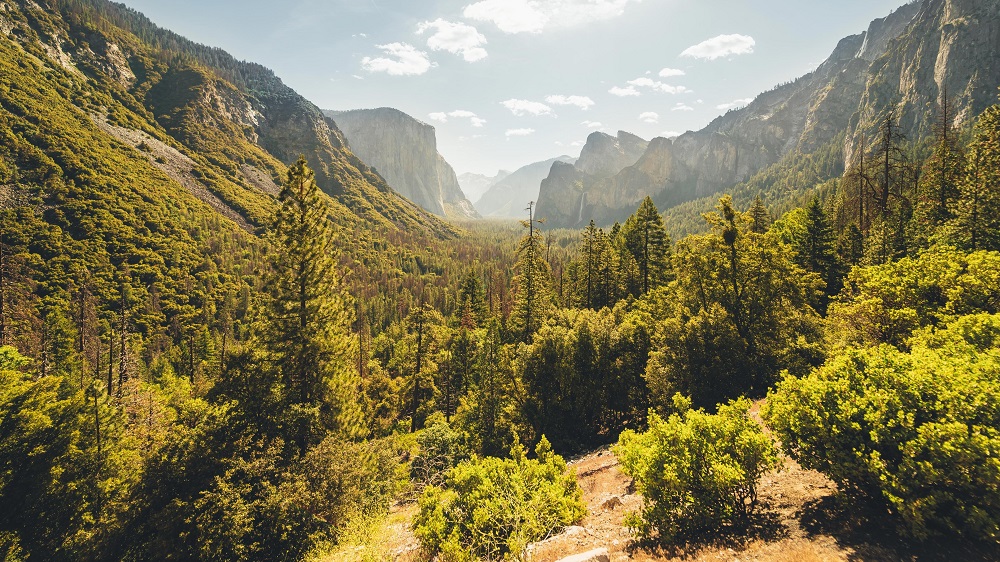By Roger Lienhard, Founder & Executive Chairman of Blue Horizon
It’s no easy feat to understand the real scope of animal agriculture as we go about our everyday lives. You have probably heard that animal agriculture is responsible for 14.5 percent of global greenhouse gas emissions. Along with this, you may also be aware of the 1.5 degrees Celsius temperature warming threshold countries agreed upon to cap global warming at in the 2015 Paris agreement. But what do these numbers really look like in practical terms? And what can we do to curb the climate crisis?
It might be easier to picture it like this. In 1700, before the Industrial Revolution, nearly half of the world’s land was wild and unoccupied by humans. But in the year 2000, only a quarter of the wild was left. We use more than half of the habitable land not frozen underneath ice for agriculture and of that land, 77 percent is used for livestock. And in the grand scheme of things, animal products don’t do a very good job of keeping us fed. Despite being so readily available, they account for less than 20 percent of the calories consumed worldwide.
The advancements to human quality of life granted by the Industrial Revolution are great and many. But it’s far from perfect. The numbers show that. Recalibrating our food system is essential to the survival of humanity.

That is why the findings of a new study commissioned by Blue Horizon give me hope. I believe that plant-based food is the solution to the troubling reality that relying on factory farming has forced us to reckon with. The environmental impact of the plant-based versions of the plant-based versions of beef mince, pork mince, pulled chicken, and eggs is lower across the board compared to the animal-based version. Beef mince has the starkest contrast—the environmental impact of plant-based beef mince is 15 times lower than factory-farmed beef.
While not surprising, the findings provide additional food for thought regarding how even just a gradual shift in the food system can save a significant amount of resources. If we replaced just 10 percent of the global animal market, we could save the CO2 equivalent of 2.7 billion trees by 2030. Trees are a natural carbon sink and clearing them for the sake of meat and dairy products just creates more carbon emissions. In addition to that, we could save nearly 38 million hectares of land, an area bigger than Germany, as well as 8.6 billion cubic metres of water. That’s about enough water for everyone living in New York state for five years. Globally, we face greater issues of food and water insecurity the longer we allow ourselves to continue along this path of heavy reliance on animal agriculture.
If this is the kind of impact we can make with just five years of progress, think about the change we could make by pivoting toward a primarily plant-based food system. Making sustainable changes to our food system is hard work, but it is achievable. We at The LIVEKINDLY Collective believe that it is critical to replace 10 percent of animal agriculture as soon as possible—and that’s only the beginning. Achieving price parity is next. There is still much work to be done, but I’m hopeful about what the future holds for the food system. Will you help be part of the change?
